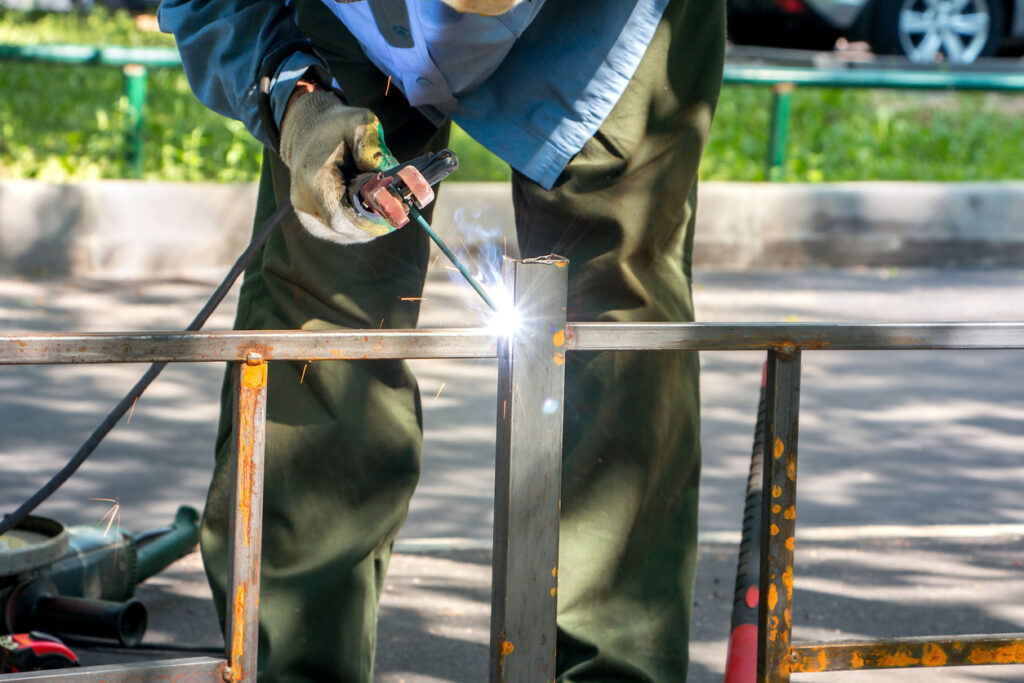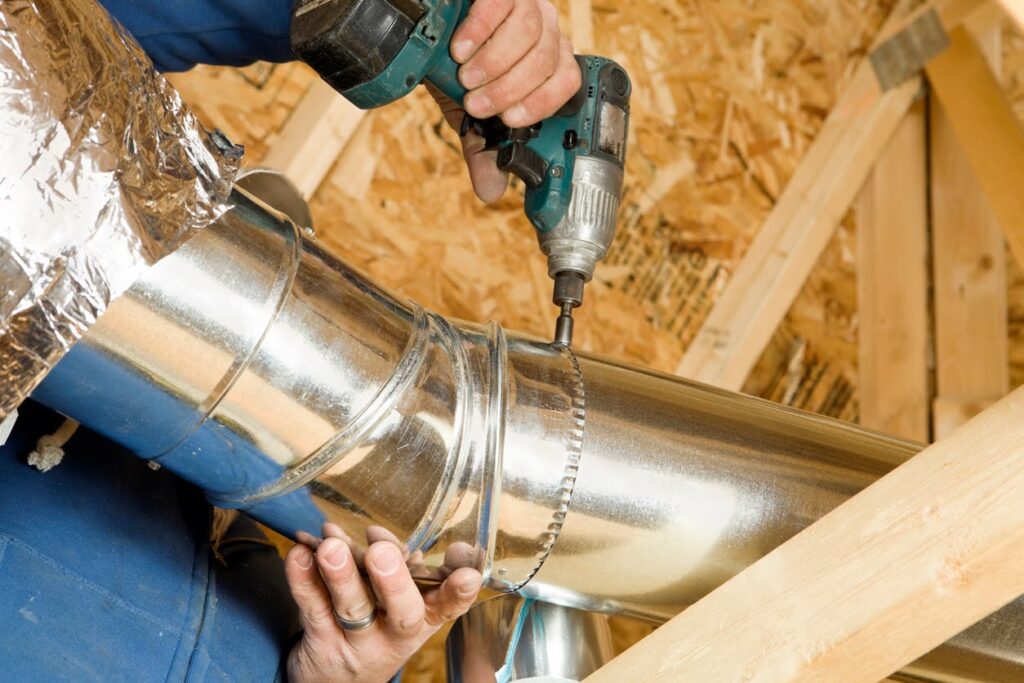Sheet metal fabrication often involves working with thin steel, a material known for its versatility and wide range of applications. However, welding thin steel requires a unique set of skills and techniques to ensure a strong and reliable weld without compromising the integrity of the metal. This guide, from Avon Lake Sheet Metal’s welding and sheet metal fabrication experts, will explore the essential steps and best practices for welding thin steel to achieve optimal results.
The Challenges and Considerations of Working and Welding with Thin Steel
Thin steel, typically defined as metal with a 1/8 inch or less thickness, poses specific challenges during welding. The primary concerns include heat distortion, warping, and burn-through potential. Fabricators must adopt a meticulous approach to welding thin steel to address these challenges effectively.
Selecting the Right Welding Process and Equipment
Choosing the appropriate welding process is the first critical step in welding thin steel. While multiple welding processes can be used, two of the most common for thin steel are TIG (Tungsten Inert Gas) welding and MIG (Metal Inert Gas) welding.
- TIG Welding: TIG welding is well-suited for thin steel due to its precise control over heat. Using a non-consumable tungsten electrode and a shielding gas allows for accurate welding with minimal heat input, reducing the risk of distortion and burn-through.
- MIG Welding: MIG welding is a faster process that uses a continuously fed wire electrode. For thin steel, fabricators often opt for a lower wire feed speed and voltage settings to control heat and minimize the risk of overheating.
Preparation: Cleanliness and Fit-Up
Before initiating the welding process, thorough preparation is crucial for achieving a successful weld on thin steel.
- Surface Cleaning: Ensure that the surfaces to be welded are free from contaminants such as rust, paint, or grease. Use a wire brush, grinder, or chemical cleaners to achieve a clean surface, promoting optimal weld penetration.
- Fit-Up: Proper fit-up is essential to prevent gaps leading to burn-through. Maintain tight tolerances and use clamps to secure the pieces, minimizing the chances of misalignment during welding.
Optimizing Welding Parameters
Achieving the right balance of welding parameters is key to successful thin steel welding.
- Current and Voltage Settings: Start with lower amperage settings for TIG welding to prevent excess heat. Gradually increase the current until a stable arc is established. In MIG welding, use lower voltage and wire feed speed settings to control heat input.
- Welding Speed: Control the speed at which you move the welding torch. Moving too slowly can lead to excessive heat build-up, while moving too quickly may result in poor penetration. Practice and experimentation will help find the optimal welding speed.
Minimizing Heat Input: Pulse Welding and Backstepping
Reducing heat input is crucial when working with thin steel to prevent warping and burn-through.
- Pulse Welding: TIG and MIG welding machines equipped with pulse settings allow for intermittent bursts of energy. This helps manage heat input, allowing the metal to cool between pulses.
- Backstepping: Welding in small sections and moving backward, known as backstepping, helps distribute heat evenly across the metal. This technique minimizes distortion and reduces the risk of burn-through.
Utilizing Backing Bars and Heat Sinks
Backing bars and heat sinks can be employed to dissipate heat and provide additional support during the welding process.
- Backing Bars: Placing a backing bar behind the weld joint can help prevent burn-through and ensure proper penetration. The backing bar absorbs excess heat, promoting a more controlled welding process.
- Heat Sinks: Heat sinks, often made of copper or aluminum, can be attached to the workpiece to absorb and dissipate heat. They are especially useful in preventing distortion in larger sheet metal pieces.
Post-Welding Inspection and Finishing
After completing the weld, a thorough inspection is essential to ensure its quality and integrity.
- Visual Inspection: Examine the weld for signs of irregularities, such as cracks, porosity, or insufficient penetration. Address any issues promptly to maintain the strength of the weld.
- Grinding and Finishing: Using a grinder to eliminate sharp edges or excess material, smoothing the weld surface. This not only enhances the appearance but also removes any potential stress concentrators.
Conclusion: Mastering the Art of Welding Thin Steel
Welding thin steel demands skill, precision, and attention to detail. By selecting the right welding process, preparing the surfaces meticulously, and optimizing welding parameters, fabricators can achieve strong and durable welds in thin steel. Additionally, incorporating advanced techniques such as pulse welding, backstepping, and using backing bars and heat sinks contributes to a more controlled and efficient welding process.
Looking for a certified welding technician near you? Avon Lake Sheet Metal, serving the greater Cleveland area, is here to help – contact us today!



